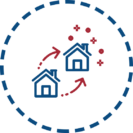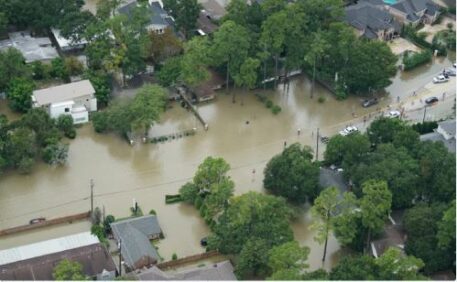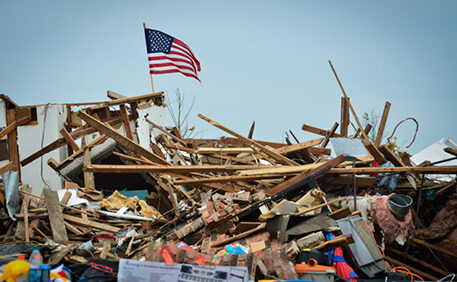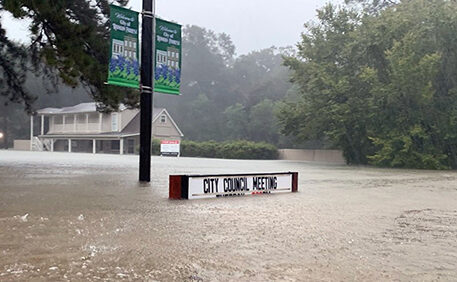What you'll learn

Renovations, retrofits, and upgrades to make your home safer and stronger

If your code is up to date

Your community's disaster history
Modern building codes ensure that your home is built using the latest practices and standards to protect against natural disasters like earthquakes, floods, hurricanes, and wildfires. Find the current building codes adopted in your local area.
Please enter a street address, a city
Please select a building type to view your code.

Renovations, retrofits, and upgrades to make your home safer and stronger

If your code is up to date

Your community's disaster history
What are residential building codes?
Residential building codes are construction guidelines for how to build homes to meet minimum legal requirements. They have been in use in the United States for more than 100 years when major cities began to adopt and enforce building codes in response to large fires in densely populated urban areas. While early building codes were in place to reduce fire risk, today's building codes have expanded to address many hazards, both ordinary and catastrophic, and serve as the minimum acceptable standards to protect the health, safety, and general welfare of building occupants.
Why are building codes important?
Modern model building codes reflect the best available building practices and are continuously updated to reflect innovation in building design, products, methods, and technologies as well as research insights and lessons learned after disasters. Codes should be consistently enforced by well-trained professionals as they are essential to creating disaster-resilient communities that protect health, safety, and economic well-being. Weak building codes or lax enforcement create a burden on homeowners and communities through property damage, higher insurance premiums, insurance deductibles, loss of use, and missed economic opportunities. According to the Federal Emergency Management Agency (FEMA), structures built to higher standards are 77 percent less likely to be damaged.
How do building codes work?
Building codes are either prescriptive or performance-based. Performance codes provide a technical objective, which leaves the method of achieving the objective up to the architect/engineer and builder. Prescriptive codes are more like recipes and specify the method for designers and builders to achieve the objective. Some model codes, like the International Residential Code (IRC), have both prescriptive and performance-based provisions, although the IRC is a prescriptive-oriented code.
Do stronger building codes make a difference when disaster strikes?
People taking refuge in homes built to modern, model building codes have the best chance of survival during disasters, and codes provide increased property protection as well. For example, wind-resistant building practices like those included in the latest IRC improve building performance during hurricanes and tropical storms, as well as tornadoes, through enhanced roof-to-wall and wall-to-foundation connections, opening protection like shutters, impact-resistant garage doors, and more. According to FEMA, structures built using codes are 77% less likely to experience damage. Further, a study entitled Economic Effectiveness of Implementing a Statewide Building Code: The Case of Florida found that the statewide Florida Building Code reduced Florida windstorm losses by up to 72% and that it results in 5 dollars in losses saved to every 1 dollar of added costs with a payback period of approximately ten years.
Does it cost more to build to modern, model building codes?
Building codes may introduce a modest increased cost at the time of construction; however, the cost is offset by savings delivered throughout the lifetime of homeownership. Savings may include enhanced durability, energy efficiency, life safety, avoided disaster losses, and more. When the modest cost is included as part of a mortgage, it may amount to as little as pennies per day, making the time of new construction the most cost-effective and efficient means of strengthening buildings. That is why it is critical for communities to adopt, enforce, and update codes on a continuous basis. Furthermore, according to a recent study by the National Institute of Building Sciences, buildings designed to meet the 2018 model building codes developed by the International Code Council (ICC) result in a national benefit of $11 for every $1 invested.

Hurricane Harvey 2017

Moore Oklahoma 2013

Tropical Storm Imelda 2019
Promote better building codes in your community using a toolkit with information, videos, and social media content from the nonprofit Federal Alliance for Safe Homes (FLASH).
View Toolkit